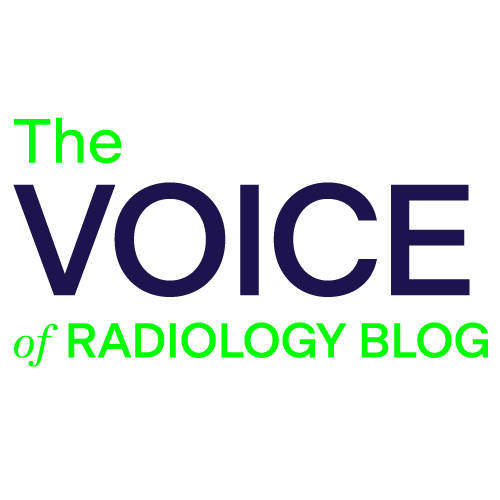Matthew S. Davenport, MD, is the Associate Professor of Radiology and Urology, Service Chief of Radiology and Associate Chair of Operations in the Division of Abdominal Radiology at the University of Michigan.
The COVID-19 pandemic has had a broad effect on patients, providers, payors and healthcare organizations. A little more than a year after the world declared a public health emergency, we are only beginning to understand the full consequences of this pandemic.I had the pleasure of collaborating with a handful of colleagues, including Tom Fruscello, MBA; Mythreyi Chatfield, PhD; Stefanie Weinstein, MD; William F. Sensakovic, PhD; and David B. Larson, MD, MBA, on a recent study highlighting the impact of COVID-19 on computed tomography (CT) volumes across the United States (U.S.) using data from the American College of Radiology® (ACR®) Dose Index Registry. While you can read the full article in the Journal of the American College of Radiology, I’m pleased to be able to share top takeaways and speculate about how they may relate to our future in this blog.
In spring 2020, the Centers for Disease Control and Prevention released guidance that advised medical facilities to reschedule non-urgent outpatient visits, which included non-urgent imaging examinations and image-guided procedures. Soon thereafter—due to a combination of this guidance and many other factors—there was an abrupt, rapid decline in radiology volume.
At its nadir in Spring 2020, there were approximately 50% less CT examinations being performed per day compared to historical predictions. Over the course of several months, as we improved our safety protocols and learned better how to safely care for patients with known or unknown COVID-19 in the healthcare environment, those lost imaging examinations slowly recovered. However, even to this day, we still haven’t reached expected levels. In the U.S., there are approximately 15% less CT examinations being performed per day compared to what historical data would predict. You can track this ongoing disparity by visiting the National Radiology Data Registry publications highlights on the ACR website.
Though the partial recovery was encouraging, it remains unclear to what extent these continued lost diagnostic tests are having a detrimental effect on patient care. For example, decreased patient engagement with healthcare during the pandemic probably resulted in delayed diagnosis and delayed care of other diseases. This trend was most substantial in urban communities, communities with a greater population density, communities with greater unemployment and communities with a greater proportion of people of color.
COVID-19 exacerbated pre-existing disparities in healthcare that are prevalent in the U.S. Already underserved populations have seen the gap between needed and provided care widen during the pandemic. We must take action to ensure that all of our patients can access quality healthcare.
Please share your thoughts in the comments section below and join the discussion on Engage (login required).
Leave a Comment


